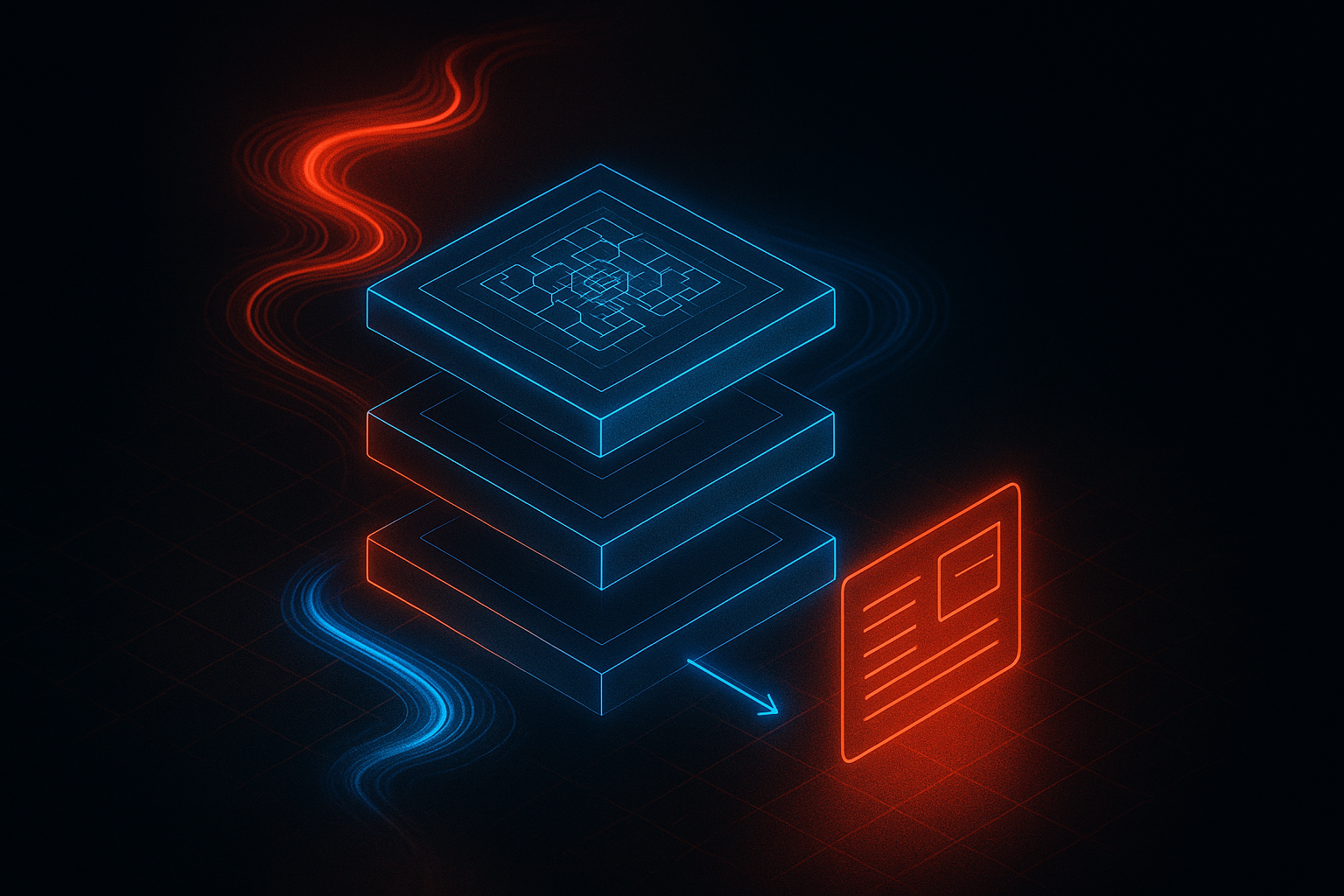Scaling user-led learning experiences for a global audience is hard
The Covid-19 pandemic changed education forever. Demand for remote-first, digital learning experiences is at an all time high. Kathryn Danielson, former Director of Strategy and Insights at Beyond, shares her advice on designing learning experiences for today and tomorrow.


Ask a specialist what’s important when designing a learning experience, and many will reply that a solid understanding of the challenges or needs of the audience or group you’re designing for is fundamental. But how do you anchor an experience to an accurate understanding of your users when a pandemic changes learning overnight? The collision of instructional design best practices with the urgency for globally scaled experiences left learning designers and experience owners between a rock and a hard place. Many are striving to find balance between designing around audience needs, feedback, and behavioral data with business-level mandates for rapid rollout and adoption of scaled digital learning. The tensions and challenges that precipitated from this rapid evolution are significant, and the demand for digital learning is expected to continue post-pandemic. With that in mind, here’s some advice for those designing digital learning experiences in 2021 and beyond.
1. Adopt an MVP mindset
Evangelized by start-up culture, “Minimum Viable Product” or “MVP” is the smallest thing that can be built with the least effort, while still delivering value to your target audience. This mindset and approach popularity comes from the fact that it helps companies to validate ideas quickly, with little investment and lots of flexibility to pivot if needed. Adopting an MVP mindset requires trading in robust but slow research and testing for lean validation of ideas based on feedback from a representative sample of your audience.
An MVP mindset is helpful for many teams navigating the challenge of translating existing, in-person curricula or workshops into online learning experiences. I saw this pinch in 2020 with a newly-remote workforce and the continuation this year with distributed workforces long term. With an MVP mindset, the goal would be not to bring the entire in-person curriculum online, but rather, to build out the smallest, highest value version of the experience with the least effort. The team would be focused on creating a foundation for the digital version of the curriculum, rather than nailing the whole thing. Asking for feedback and ideas via email or chat from a small, representative sample of past participants would help the team make decisions quickly about what is or isn’t valuable in the curriculum.
The goal of an MVP mindset is to build with integrity, not too much or too quickly. MVP means minimum, so the focus should be on understanding what’s essential to creating a valuable learning experience for your audience, and what can be built out later to improve it.
2. Design content for modularity
Another challenge I see frequently when working with global companies is training or learning experiences developed centrally and rapidly, with the expectation that the content will be localized shortly after first release. While this challenge is an unavoidable outcome of globalization, there does seem to be a sweet spot somewhere between designing one-off content and keeping things flexible and modular. Here are two rules of thumb can help address this challenge:
- Atomic Design UX. Atomic design is a way to build the components of an experience by first identifying the smallest partners - aka the “atoms” that the learner interacts with - then scaling those into molecules, organisms, course templates, and whole ecosystems. For learning experience design, the atoms are often the core user experience, such as when interactions like checkboxes, buttons, dropdowns are used, or how navigational components like progress bars, notifications, or chapter sections guide a learner through a course or curriculum. If you establish a global system, the core UX of the learning experience can flex around the content that’s localized to each region.
- Build content to be evergreen OR experimental, but not both. Designing your experience around a core set of content that will remain year over year is essential if you don't want to lose all your time in cycles of editing and iteration. Building content with the specific expectation of it not changing for a certain period of time will help you focus your attention on what will need to change in a shorter timeline. This is your experimental content. It will also behove you to become obsessed with your organizational strategy and content tagging system. Proactively categorizing tagging content or assets that are evergreen versus experimental, global versus localized, will save you from a lot of headaches down the road.
3. Set a quarterly strategic objective
Another harsh reality for those designing digital learning experiences is the expectation to rapidly evolve the courses or experience. But shifting a whole learning experience in a new direction takes a lot of planning, time, and technical effort. To maintain evolution at a sustainable pace, I recommend that learning teams set one strategic objective to focus on per quarter. Teams should share that objective with stakeholders so that they know that’s the sole focus for the quarter. Then, teams need to be ruthless about putting all their effort into that one objective. The following quarter should be focused on releasing changes that came out of your new strategic understanding and moving on to a new objective.
With these nuggets of advice you will be equipped to design under intense pressure at a time of rapid change, neither of which we expect to ease significantly in the short term.








